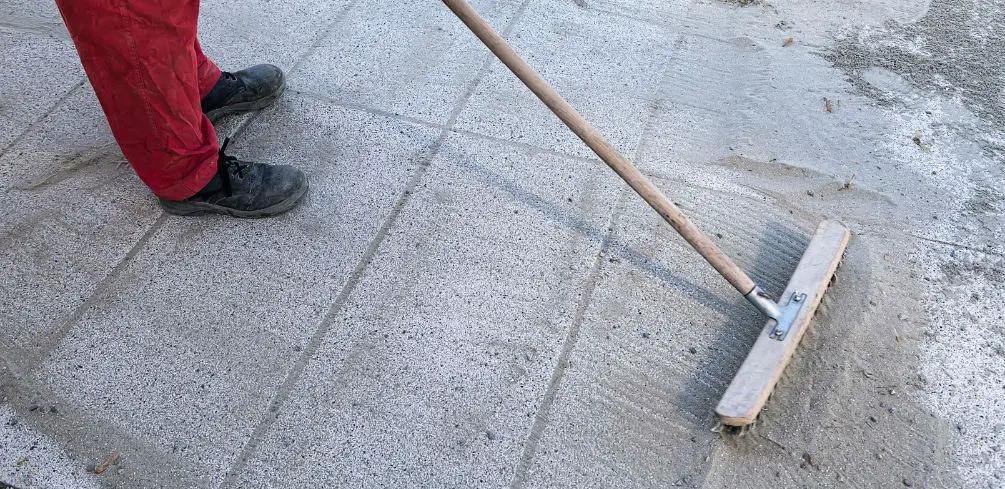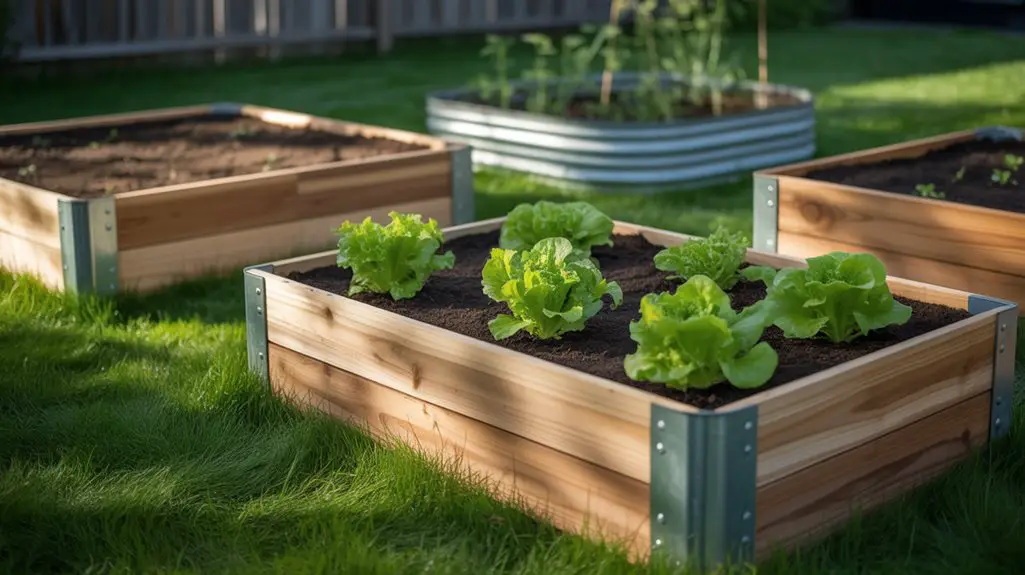Are you considering jointing sand or polymeric sand for your patio or walkway? If so, you’ve come to the right place! Whether you’re a DIYer looking to install a new patio or walkway yourself, or a homeowner who wants to know more about this important part of your outdoor project, I’m here to help.
In this article, I’ll break down all the essential details you need to know when it comes to jointing sand vs. polymeric sand. We’ll look at the different types of materials used in each product, how they are applied, and why one might be better suited than the other for your specific project.
By the end of this article, you will have all the knowledge necessary to make an informed decision that will keep your outdoor space safe and secure for years to come.
Definition Of Jointing Sand
Jointing sand, also known as construction sand, is a type of jointing material used in building projects. It’s made up of silica sand particles that are extremely small and granular. The main purpose of using jointing sand is to provide a stable foundation to the structure while also filling in any gaps between masonry units like bricks or stones.
When it comes to choosing jointing sand, there are several factors to consider, such as particle size and color. The smaller and finer the particles, the more even and uniform the surface will be when laid down. Different colors of jointing sand can also be used to create various aesthetic effects.
In addition to its use in construction projects, jointing sand can also be used for landscaping purposes, such as filling in low areas or creating pathways. With so many uses, it’s no wonder why jointing sand is a popular choice for both professional contractors and DIY enthusiasts alike.
Definition Of Polymeric Sand
Now, let’s look at the definition of polymeric sand. Did you know that using polymeric sand can reduce weeds by up to 98%? It’s true! Polymeric sand is a modified, coarse-grained mixture of natural sands and polymer binders.
This combination creates a waterproof sealant that helps lock pavers or bricks in place while also helping to keep out weeds and ant colonies. The result is a stronger and more durable surface that can withstand extreme weather conditions and high foot traffic.
The composition of polymeric sand makes it ideal for outdoor use. It is made up of fine grains of silica quartz and other materials such as Portland cement and acrylic polymers. When these ingredients are mixed with water, they form a strong bond that prevents particles from shifting or separating.
This ensures stability over time, even when exposed to extreme temperatures or heavy rainfalls. Additionally, its unique formulation helps prevent weed growth while also providing better drainage than traditional jointing sand materials.
Polymeric sand is an excellent choice for those who want to create an attractive outdoor space without having to worry about weeds or erosion. Its strong binding properties make it incredibly durable and long-lasting, making it a great option for both residential and commercial projects alike.
Plus, its easy installation process allows you to complete your project quickly without sacrificing quality or longevity. With all these benefits in mind, it’s no wonder why so many people choose polymeric sand for their outdoor spaces!
Benefits Of Polymeric Sand
Polymeric sand has many advantages over ordinary jointing sand. It offers superior strength and stability, making it an ideal choice for a variety of applications.
Here are the top 4 benefits of polymeric sand:
- Stronger Bond – Polymeric sand provides a stronger bond between pavers than regular jointing sand, helping to prevent weed growth, shifting, cracking, and other issues associated with the poor paver installation.
- Weatherproof – Unlike regular jointing sand, which can be washed away by rain or heavy winds, polymeric sand is entirely weatherproof and will not be affected by the elements. This makes it an ideal choice for outdoor projects such as walkways and patios that are exposed to the elements.
- Easy Installation – Polymeric sand is easy to install and requires minimal preparation time compared to traditional jointing materials. All you need to do is spread the material in between your pavers and then use a brush or broom to sweep it into the joints for a secure fit.
- Durability – Polymeric sand is designed to last for many years without needing to be replaced due to its strong bonding properties and high resistance against water, mold, mildew, and UV rays from the sun.
Overall, polymeric sand provides superior strength and stability compared to traditional jointing materials while being easy to install and highly durable in any climate conditions making it an ideal solution for any paving project!
Drawbacks Of Polymeric Sand
I’ll start by saying that polymeric sand is not a bad choice for your jointing needs when used correctly. However, there are certain drawbacks to using it that you should be aware of before investing in it.
Firstly, polymeric sand issues can arise when it’s not applied correctly. If the wrong amount of water is used or if the sand isn’t tamped down evenly and firmly, you can end up with an uneven surface or gaps between the pavers. This can cause problems such as weeds growing through the joints or ants infiltrating the area.
Another issue with polymeric sand is that it has been known to cause discoloration on some surfaces, like natural stone pavers. This can be a major issue if you have invested a lot of money in your outdoor space and now find yourself with ugly patches of discoloration on your pavers. Thankfully, this can usually be fixed by replacing the affected areas, but it can still be quite costly and time-consuming.
Finally, while polymeric sand may seem like a great solution to locking in your paver joints, its effectiveness has been called into question over time due to issues such as erosion and shifting sands leading to the separation of the pavers over time. Ultimately, this means that you may need to re-apply the polymeric sand more frequently than you would with regular jointing sand, which could end up costing you more money in the long run.
In summary, while there are benefits to using polymeric sand for jointing your pavers, there are also some potentially significant drawbacks that should not be overlooked. Make sure you weigh up all the pros and cons before investing in polymeric sand for your project!
Comparison Of Jointing Sand And Polymeric Sand
Having gone over the drawbacks of polymeric sand, it is time to compare this material to jointing sand. Jointing sand, also known as play or patio sand, is made of coarse-grained silica and is used mainly for filling in the gaps between paving stones. It is typically more affordable than polymeric sand but has a shorter lifespan due to its lack of flexibility.
On the other hand, polymeric sand is made from a variety of ingredients that allow it to expand and contract according to changing temperatures and weather conditions. As a result, it can last much longer than jointing sand, especially in areas with extreme temperatures or climates.
Though more expensive initially, polymeric sand will save you money in the long run due to its superior longevity and durability.
When deciding between jointing sand and polymeric sand for your paving stones project, consider your budget, climate conditions, and expected lifetime of usage. In general, if you have access to a larger budget or expect harsher weather conditions, then polymeric sand might be best suited for your needs.
However, if you are looking for an affordable option that can still get the job done, then jointing sand could be worth considering as well.
Conclusion
In conclusion, jointing sand and polymeric sand are both great options for filling the joints between pavers. Both have their own benefits and drawbacks depending on the project you’re working on.
Jointing sand is more economical and perfect for smaller projects, while polymeric sand can help resist weed growth and is stronger and better at preventing rainwater from washing away the sand from the joints.
Ultimately, it’s up to you to decide which one works best for your project. If you’re looking for a more permanent solution that won’t shift over time or need to resist weeds, then polymeric sand might be your best bet.
On the other hand, if you want a more cost-effective option that requires less maintenance, then jointing sand could be your go-to choice. It’s like a choose-your-own-adventure book but with landscaping products!
No matter which one you choose, just make sure to take your time and do it right so that you can enjoy your beautiful outdoor space for years to come – it’ll be worth it in the end! So don’t let this decision bog you down; pick whichever one will bring a smile to your face when all is said and done!
Please be careful and use at your own risk
None of the authors, contributors, administrators, or anyone else connected with BestPlaygroundSets, in any way whatsoever, can be responsible for your use of the information contained in or linked from these web pages.




